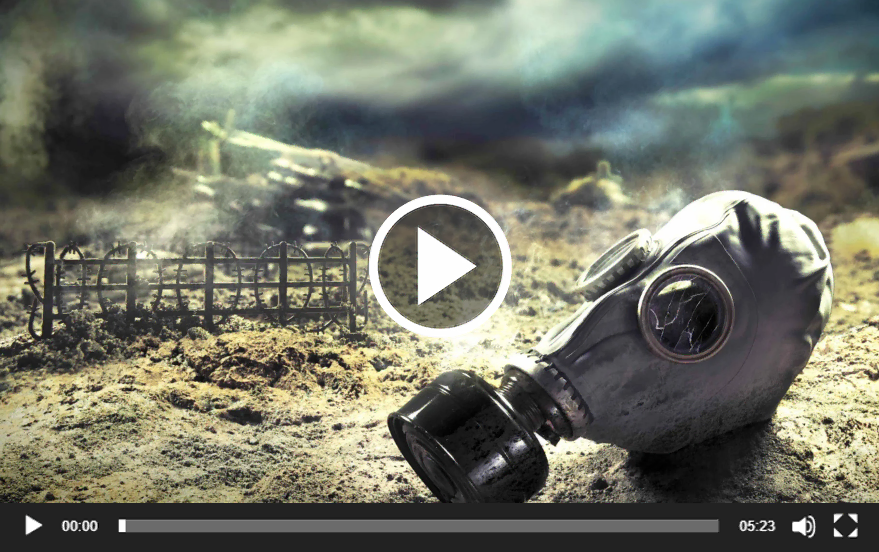
Yellowstone National Park, primarily located in the U.S states of Wyoming, Montana, and Idaho, is a vast expanse of nature that never ceases to amaze. Spanning over 2.2 million acres, it’s a realm of majestic mountains, pristine lakes, and lush forests. One of its most notable features is Yellowstone Lake, one of the largest high-elevation lakes in North America.
But Yellowstone is more than just a park. It’s the crown jewel of the Greater Yellowstone Ecosystem, a sanctuary that stands as one of the last nearly intact ecosystems in the Earth’s Northern temperate zone. Recognizing its unique value, UNESCO designated it a World Heritage Site in 1978.
The park is a haven for wildlife, hosting a diverse range of species. From majestic mammals like cougars, grizzly bears, and wolves to large herds of bison and elk, it’s a hub of biodiversity. Additionally, the park is home to a vibrant bird population, various fish species, and a plethora of plant species that paint a vivid tapestry of life.
For adventurers, Yellowstone offers a plethora of activities. Whether it’s hiking through its landscapes, camping amidst its splendor, or sailing across its waterways, there’s something for everyone. And for those who prefer a more relaxed experience, the park’s paved roads provide easy access to its captivating geothermal zones, picturesque lakes, and cascading waterfalls.
Speaking of geothermal wonders, the Old Faithful Geyser is one of Yellowstone’s most iconic features. It’s known for its impressive eruptions, ejecting thousands of liters of boiling water up to significant heights. But Old Faithful is just one of over ten thousand geothermal features within the park, making it the largest concentration of such phenomena globally.
However, amidst all these wonders, there’s a phenomenon that remains hidden from most visitors. Over a single month, the park witnessed a series of unfortunate encounters between visitors and wildlife. These incidents underscore the importance of respecting the park’s wild inhabitants. Park officials have emphasized the need for visitors to maintain a safe distance from all animals, especially when they are near trails, boardwalks, or developed areas.
But beyond these encounters, there’s another intriguing occurrence. The Steamboat Geysers of Yellowstone, known as the tallest active geyser in the world, have recently erupted multiple times in a year. This sudden increase in activity has left scientists puzzled, especially since the geyser can remain dormant for extended periods. Its eruptions are unpredictable, and its recent activity surpasses the frequency observed in the past several years.
Seismic data from the Yellowstone Volcano Observatory indicates that these eruptions were quite significant. Notably, one eruption propelled more than ten times the amount of water compared to the average. This raises questions about what lies beneath.
Beneath the surface of Yellowstone lies an active volcano.
Its presence is a reminder of the park’s volatile nature and the potential for significant eruptions.
While the beauty of Yellowstone is undeniable, it’s essential to remember the power that lies beneath and the potential for nature to awaken in unexpected ways.





